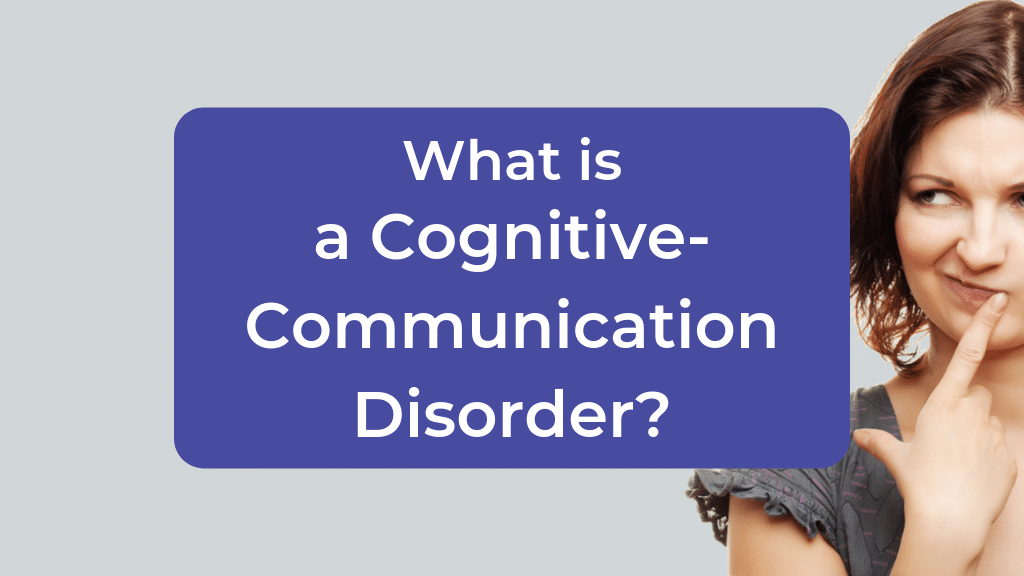![Introduction to Communication Disorders: A Lifespan Evidence-Based Perspective (The Pearson Communication Sciences and Disorders Series) [6 ed.] 0134801474, 9780134801476 - DOKUMEN.PUB](https://dokumen.pub/img/200x200/research-in-communication-sciences-and-disorders-methods-for-systematic-inquiry-4nbsped-9781635502114-163550211x.jpg)
Introduction to Communication Disorders: A Lifespan Evidence-Based Perspective
Introduction
Communication disorders encompass a wide range of conditions that affect the ability to comprehend, produce, or use language effectively. These disorders can have a profound impact on individuals’ social, emotional, and cognitive development throughout the lifespan.
Definition of Communication Disorders
Communication disorders are defined as impairments in the ability to:
- Comprehend and produce spoken language
- Use language for functional purposes (e.g., social interaction, education)
- Express oneself through gestures, facial expressions, and body language
Prevalence and Impact
Communication disorders are prevalent across the lifespan, affecting:
- 5-10% of children
- 1-4% of adolescents
- 0.5-3% of adults
They can lead to:
- Academic difficulties
- Social isolation
- Reduced employment opportunities
- Decreased quality of life
Evidence-Based Perspective
An evidence-based perspective emphasizes using scientific research to inform decision-making in the diagnosis and treatment of communication disorders. This approach involves:
- Using standardized assessments to diagnose disorders
- Employing evidence-based interventions based on clinical research
- Continuously evaluating the effectiveness of interventions
Lifespan Perspective
The lifespan perspective recognizes that communication disorders can occur at any age and have different impacts throughout the lifespan. Factors to consider include:
- Developmental milestones: Different disorders may manifest at different ages.
- Changing language needs: Language requirements vary with age and context, affecting the severity of disorders.
- Compensatory strategies: Individuals may develop compensatory mechanisms to cope with communication challenges.
Common Types of Communication Disorders
- Specific language impairment: Difficulty acquiring language without other developmental delays.
- Articulation disorders: Problems with the production of speech sounds.
- Childhood apraxia of speech: Difficulty coordinating the movements involved in speech production.
- Fluency disorders: Interruptions in the flow of speech (e.g., stuttering).
- Phonological disorders: Difficulty perceiving and manipulating speech sounds.
- Social communication disorders: Challenges with social language use and understanding social cues.
Diagnosis and Treatment
Diagnosis involves a comprehensive assessment by a qualified speech-language pathologist. Treatment plans are tailored to the individual’s specific needs and may include:
- Speech-language therapy
- Auditory training
- Language enrichment
- Assistive technology
Prevention and Intervention
Early identification and intervention can improve outcomes for individuals with communication disorders. Preventive measures include:
- Regular language screening
- Parent training
- Early literacy programs
Conclusion
Communication disorders are prevalent and impactful conditions that can occur at any age. An evidence-based, lifespan perspective is essential for accurate diagnosis, effective treatment, and improved outcomes for individuals with these disorders.

Source Image: amazon.com

Source Image: tactustherapy.com
Support ACT – Autism Community Training – ACT – Autism Community Training Aug 24, 2023Introduction to Communication Disorders explores the fields of speech-language pathology and audiology using an evidence-based lifespan perspective. It presents recent advances in the assessment and treatment of communication disorders in a highly readable manner.